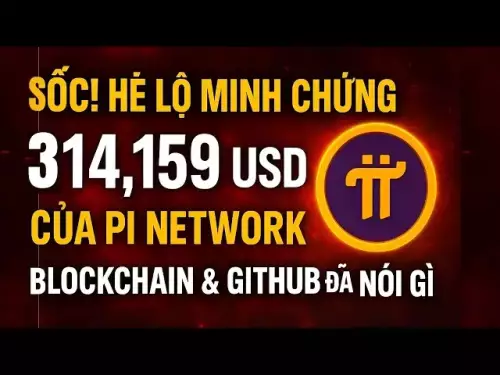-
 bitcoin
bitcoin $109547.008142 USD
0.04% -
 ethereum
ethereum $4011.838726 USD
-0.05% -
 tether
tether $1.000402 USD
-0.01% -
 xrp
xrp $2.798606 USD
0.88% -
 bnb
bnb $970.877944 USD
1.39% -
 solana
solana $202.237275 USD
-0.95% -
 usd-coin
usd-coin $0.999673 USD
0.00% -
 dogecoin
dogecoin $0.229294 USD
-1.15% -
 tron
tron $0.336370 USD
-0.45% -
 cardano
cardano $0.777260 USD
-1.66% -
 hyperliquid
hyperliquid $45.503019 USD
1.73% -
 ethena-usde
ethena-usde $1.000362 USD
0.01% -
 chainlink
chainlink $20.785303 USD
-1.10% -
 avalanche
avalanche $28.755822 USD
-0.11% -
 stellar
stellar $0.358303 USD
-0.48%
How does a transaction get validated on the blockchain?
A blockchain transaction is validated by nodes, grouped in a mempool, and confirmed via consensus (like PoW or PoS), ensuring security, immutability, and decentralization.
Sep 03, 2025 at 02:37 am
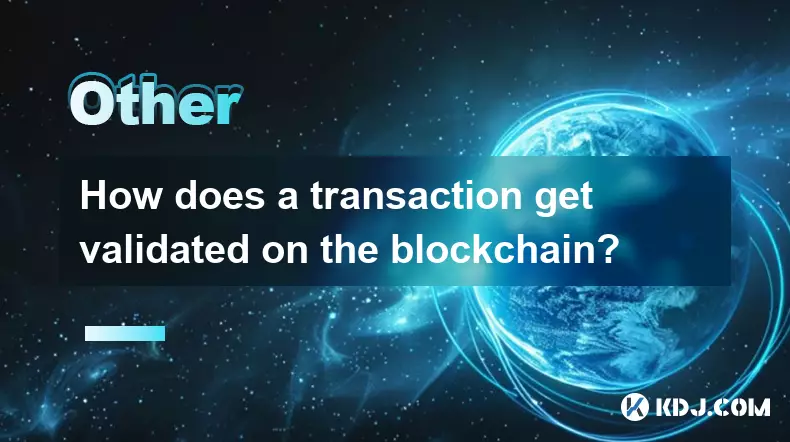
Understanding Blockchain Transaction Validation
1. When a user initiates a transaction in a blockchain network, the data is broadcast to a peer-to-peer network of nodes. Each node receives the transaction and performs an initial validation to ensure it follows network rules, such as correct digital signatures and sufficient funds.
2. Valid transactions are grouped into a pool known as the mempool. Here, they await selection by miners or validators, depending on the consensus mechanism used by the blockchain. Transactions with higher fees are typically prioritized for inclusion in the next block.
3. In a Proof-of-Work (PoW) system like Bitcoin, miners compete to solve a complex cryptographic puzzle. The first one to solve it gets the right to add a new block of transactions to the blockchain. This process ensures that adding blocks requires significant computational effort, deterring malicious behavior.
4. Once a block is created, it is broadcast to the network. Other nodes verify the block’s integrity by checking the solution to the puzzle, the validity of each transaction within it, and the consistency with the existing blockchain. If everything checks out, the nodes update their copy of the ledger.
5. After confirmation, the transaction is considered finalized, though multiple confirmations (additional blocks built on top) increase security against potential rollbacks. The decentralized nature of validation ensures no single entity controls the outcome.
The Role of Consensus Mechanisms
1. Consensus mechanisms are protocols that ensure all participants in a blockchain network agree on the state of the ledger. They are essential for maintaining trust and consistency without a central authority.
2. Proof-of-Work (PoW) relies on computational power. Miners expend energy to validate transactions and secure the network. This method is used by Bitcoin and was the first to solve the double-spending problem in a decentralized way.
3. Proof-of-Stake (PoS) selects validators based on the amount of cryptocurrency they hold and are willing to 'stake' as collateral. Ethereum transitioned to this model to reduce energy consumption and improve scalability.
4. Delegated Proof-of-Stake (DPoS) allows token holders to vote for a small number of delegates who are responsible for validating transactions. This approach increases transaction speed but may reduce decentralization.
5. Other variations like Proof-of-Authority (PoA) and Practical Byzantine Fault Tolerance (PBFT) are used in private or permissioned blockchains where identity and reputation play a larger role in securing the network.
Transaction Lifecycle in a Decentralized Network
1. A transaction begins when a user signs it with their private key, proving ownership of the funds. The signed transaction is then sent to the network for propagation.
2. Nodes receiving the transaction verify its cryptographic signature and check whether the sender has enough balance. Invalid transactions are discarded immediately.
3. Verified transactions enter the mempool, where they remain until picked up by a validator or miner. Network congestion can delay this step, especially if transaction fees are low.
4. Once included in a block and added to the blockchain, the transaction receives its first confirmation. Each subsequent block deepens the level of finality.
5. Different blockchains require varying numbers of confirmations for high-value transactions. For example, exchanges may wait for six Bitcoin confirmations before crediting a deposit.
Security Measures in Transaction Validation
1. Digital signatures ensure that only the rightful owner of a wallet can initiate transactions. This prevents unauthorized spending and protects user assets.
2. Public-key cryptography allows nodes to verify signatures without knowing the private key, preserving user privacy while maintaining security.
3. Immutability is achieved through cryptographic hashing. Each block contains a hash of the previous block, creating a chain that resists tampering.
4. Distributed validation means that altering a transaction would require controlling more than 50% of the network’s computing power or stake, a scenario known as a 51% attack, which is highly impractical on large networks.
5. Regular audits of open-source blockchain code and transparent transaction histories allow developers and users to detect anomalies and reinforce network integrity.
Frequently Asked Questions
What happens if a transaction fails validation?Failed transactions are rejected by nodes and removed from the mempool. They do not get included in any block and are effectively canceled. The sender may need to adjust fees or correct errors and resend.
Can a validated transaction be reversed?No. Once a transaction is confirmed and embedded in the blockchain, it cannot be reversed. This immutability is a core feature of blockchain technology, ensuring trust and permanence.
How long does transaction validation take?It varies by blockchain. Bitcoin averages 10 minutes per block, while Ethereum can confirm transactions in seconds. Network congestion and transaction fees also influence processing time.
Who pays for transaction validation?Users pay transaction fees to incentivize miners or validators. These fees are distributed as rewards to those who successfully add blocks to the chain, aligning economic interests with network security.
Disclaimer:info@kdj.com
The information provided is not trading advice. kdj.com does not assume any responsibility for any investments made based on the information provided in this article. Cryptocurrencies are highly volatile and it is highly recommended that you invest with caution after thorough research!
If you believe that the content used on this website infringes your copyright, please contact us immediately (info@kdj.com) and we will delete it promptly.
- Altcoin Season Heats Up: Is ARB, PEPE, or a New Challenger Your Best Bet?
- 2025-09-28 10:25:11
- Shiba Inu, Meme Coins, and Popularity: What's Hot and What's Not in the Wild World of Crypto
- 2025-09-28 10:25:11
- Cardano, Toncoin, and the Quest for Crypto's Next Big Thing
- 2025-09-28 10:45:12
- XRP, Ripple, and the Payment Token Race: What's Next?
- 2025-09-28 10:45:12
- MoonBull Mania: Is This the Next Bonk in the Cryptoverse?
- 2025-09-28 10:30:00
- Bitcoin's 'Uptober' Hopes Clash with Selling Pressure: A New Yorker's Take
- 2025-09-28 10:50:01
Related knowledge

What is a token economy?
Sep 20,2025 at 12:18am
Understanding the Foundations of a Token Economy1. A token economy in the context of cryptocurrency refers to a system where digital tokens are used a...
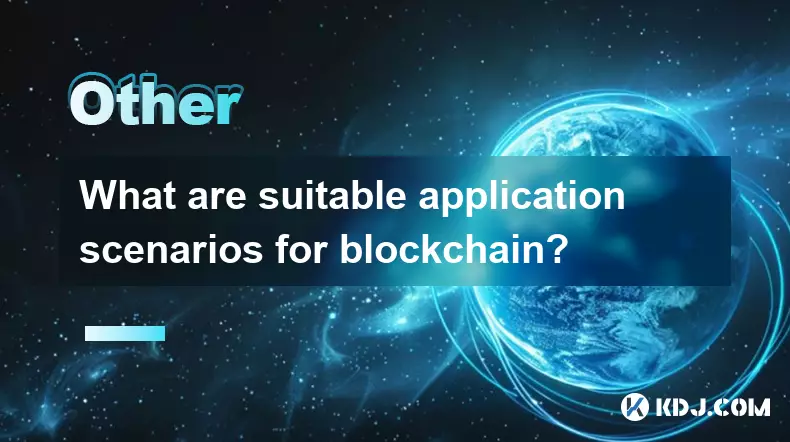
What are suitable application scenarios for blockchain?
Sep 20,2025 at 03:19am
Decentralized Finance (DeFi) Platforms1. Blockchain enables the creation of financial services without centralized intermediaries, allowing users to l...
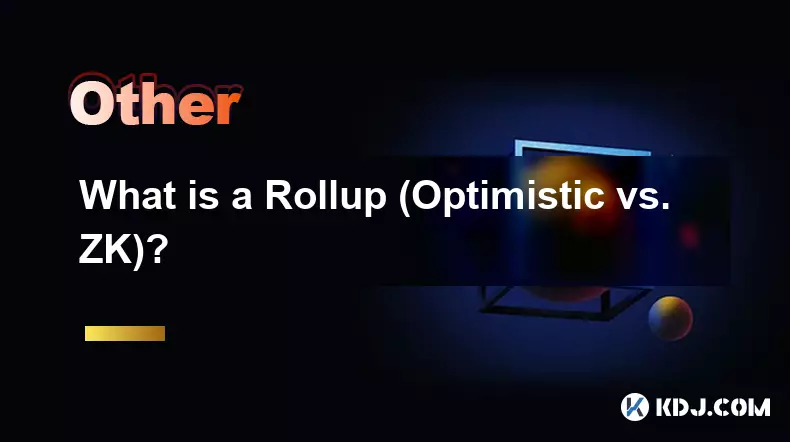
What is a Rollup (Optimistic vs. ZK)?
Sep 22,2025 at 03:00pm
Understanding Rollups in Blockchain Technology1. Rollups are layer-2 scaling solutions designed to increase transaction throughput on blockchains like...
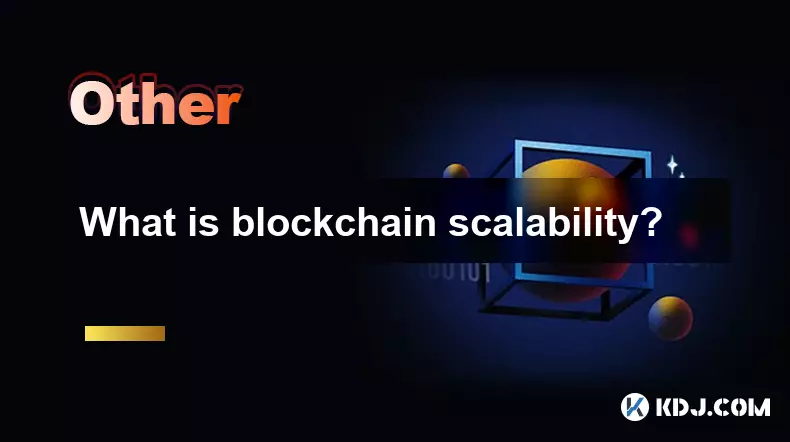
What is blockchain scalability?
Sep 19,2025 at 06:18am
Understanding Blockchain Scalability1. Blockchain scalability refers to a network's ability to handle an increasing number of transactions without com...
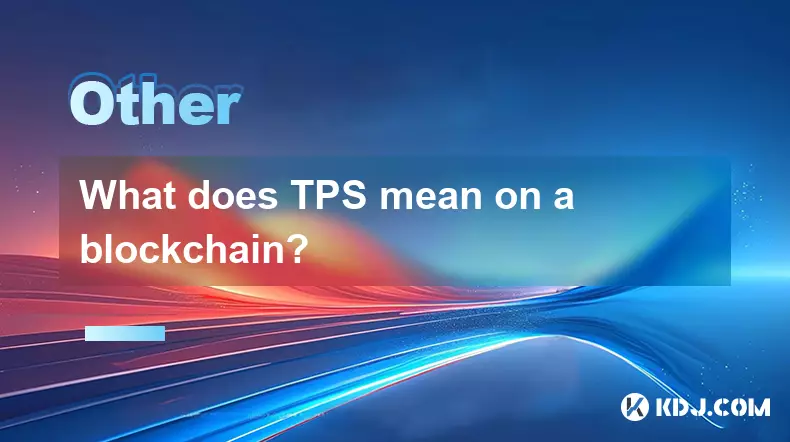
What does TPS mean on a blockchain?
Sep 21,2025 at 09:54am
Understanding TPS in Blockchain Technology1. TPS stands for Transactions Per Second, a metric used to measure the number of transactions a blockchain ...
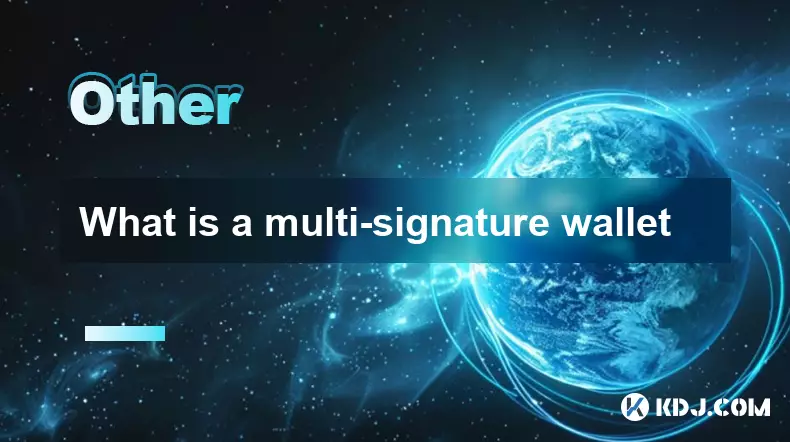
What is a multi-signature wallet
Sep 20,2025 at 07:00am
Understanding Multi-Signature Wallets in Cryptocurrency1. A multi-signature wallet, often referred to as a multisig wallet, is a type of cryptocurrenc...

What is a token economy?
Sep 20,2025 at 12:18am
Understanding the Foundations of a Token Economy1. A token economy in the context of cryptocurrency refers to a system where digital tokens are used a...

What are suitable application scenarios for blockchain?
Sep 20,2025 at 03:19am
Decentralized Finance (DeFi) Platforms1. Blockchain enables the creation of financial services without centralized intermediaries, allowing users to l...

What is a Rollup (Optimistic vs. ZK)?
Sep 22,2025 at 03:00pm
Understanding Rollups in Blockchain Technology1. Rollups are layer-2 scaling solutions designed to increase transaction throughput on blockchains like...

What is blockchain scalability?
Sep 19,2025 at 06:18am
Understanding Blockchain Scalability1. Blockchain scalability refers to a network's ability to handle an increasing number of transactions without com...

What does TPS mean on a blockchain?
Sep 21,2025 at 09:54am
Understanding TPS in Blockchain Technology1. TPS stands for Transactions Per Second, a metric used to measure the number of transactions a blockchain ...

What is a multi-signature wallet
Sep 20,2025 at 07:00am
Understanding Multi-Signature Wallets in Cryptocurrency1. A multi-signature wallet, often referred to as a multisig wallet, is a type of cryptocurrenc...
See all articles


























